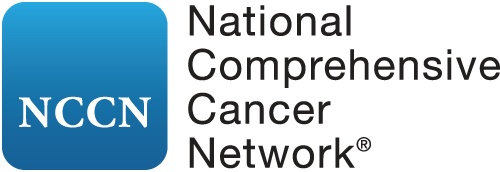Nivolumab/Ipilimumab Combination Receives FDA Approval in First-Line Treatment of Metastatic NSCLC
Posted: Tuesday, May 19, 2020
On May 15, the U.S. Food and Drug Administration (FDA) approved the PD-1 inhibitor nivolumab (Opdivo) plus the monoclonal-antibody ipilimumab (Yervoy) as first-line treatment for metastatic non–small cell lung cancer (NSCLC). Patients are eligible if their tumors show 1% or greater expression of PD-L1, with no EGFR or ALK genomic tumor aberrations. The FDA also approved PD-L1 IHC 28-8 pharmDx as a companion diagnostic tool to select patients with NSCLC for this combination treatment.
The recommended doses in metastatic NSCLC are 3 mg/kg of nivolumab every 2 weeks and 1 mg/kg of ipilimumab every 6 weeks until disease progression, unacceptable toxicity, or up to 2 years in patients without disease progression.
The FDA approval is based on data from the open-label, multipart CheckMate 227 trial in patients with either metastatic or recurrent NSCLC who had no prior therapy. Of the 793 patients with a 1% or greater tumor expression of PD-L1, 336 were randomly assigned to receive nivolumab plus ipilimumab and 397, platinum-doublet chemotherapy.
The median overall survival was longer in patients who received nivolumab plus ipilimumab than in those who received platinum-doublet chemotherapy (17.1 vs. 14.9 months, respectively; hazard ratio [HR] = 0.79; 95% confidence interval [CI] = 0.67–0.94; P = .0066). The median progression-free survival was met with nivolumab plus ipilimumab compared with the platinum-doublet chemotherapy (5.1 vs. 5.6 months, respectively; HR = 0.82; 95% CI = 0.69–0.97). In addition, the overall response rate was 36% (95% CI = 31%–41%) versus 30% (95% CI = 26%–35%), respectively. The median response duration was longer with nivolumab plus ipilimumab at 23.2 months than ith the platinum-doublet chemotherapy at 6.2 months.
Common adverse reactions in 20% or more of patients receiving the combination treatment included fatigue, rash, decreased appetite, musculoskeletal pain, diarrhea/colitis, dyspnea, cough, pruritus, nausea, and hepatitis.
For more prescribing information, visit accessdata.fda.gov/opdivo and accessdata.fda.gov/yervoy.



